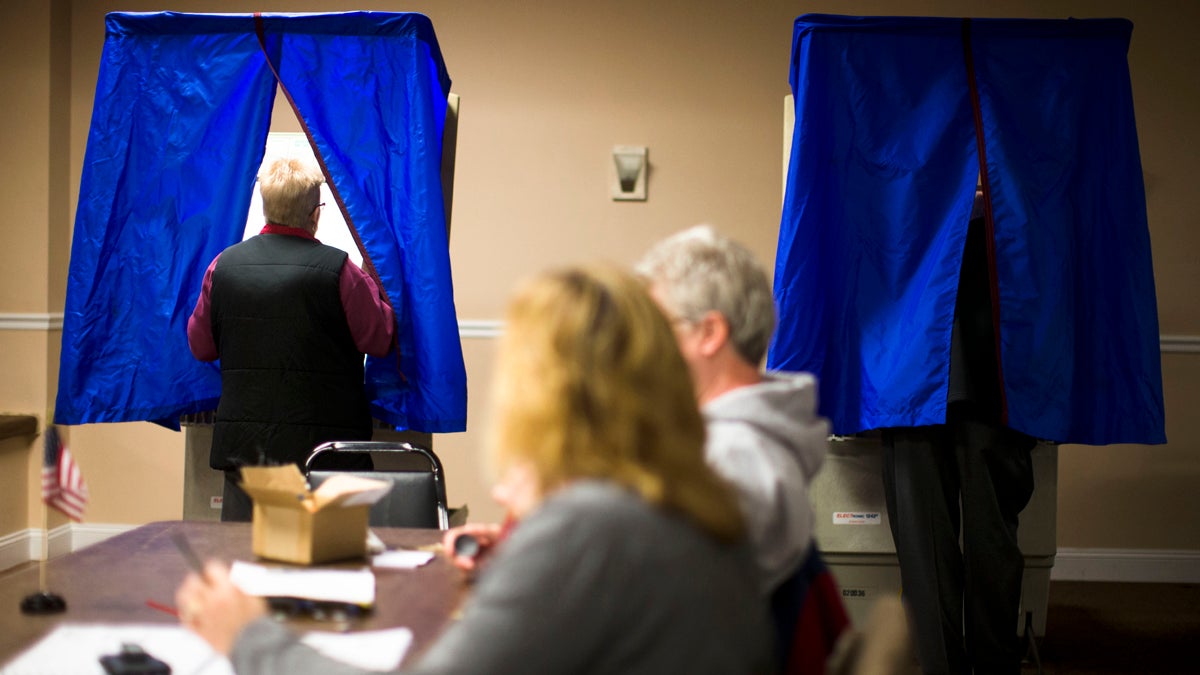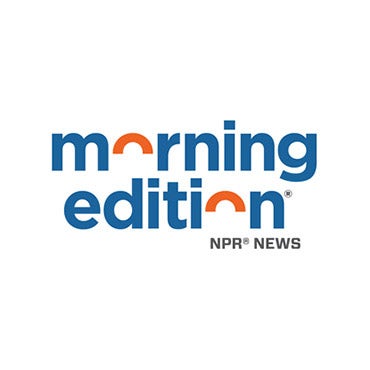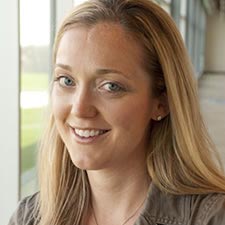Voter turnout trends lower in distressed cities, but Harrisburg and Erie are exceptions
Listen
A voter steps into voting booth at the Oregon New Years Association in Philadelphia. An analysis of Department of State data shows turnout in Pennsylvania's struggling communities in 2010 was down nearly 20 percent from 1994. (AP Photo/Matt Rourke)
An analysis of Department of State data shows turnout in Pennsylvania’s struggling communities in 2010 was down nearly 20 percent from 1994.
“You’re not telling me anyting that’s not really basic in the literature about the dropoff.”
That’s what political scientist Terry Madonna said when Keystone Crossroads started to share its findings after crunching voter registration and turnout numbers from the last five gubernatorial elections in Pennsylvania:
Voter turnout is lower and dropping faster in struggling communities than the rest of the state.
“When you tie family structural problems to income inequities, to other dislocations that go on in the cities, you’re just likely to have a larger falloff in voting,” Madonna says.
But Keystone Crossroads also found that the state capital was the only place, of more than three dozen of the Commonwealth’s most populous cities and struggling municipalities, to chart an increase in voter participation in 2010, compared to 1994 (five governor’s races ago).
It went up 3 percent.
“That’s fascinating,” said Madonna.
Turnout dropped in the other towns by as much as half, and statewide by 12 percent.
Outlier explained?
Madonna, who teaches at Franklin & Marshall College and runs its polling center, suggests Harrisburg’s outlier status stems from it being the state capital.
“With a lot of news about politics and government constantly being aired, … you might have a greater interest in politics,” he said.
Maybe. But Harrisburg’s been the Commonwealth’s governmental center for more than 200 years. And even after its trend-defying rise, Harrisburg’s turnout in 2010 was still comparatively low.
It was 29 percent.
That puts the city 30th of 37 municipalities, which ranged between 21 percent (Lancaster) and 61 percent (Erie), and below their average (35 percent) as well as the statewide rate (48 percent).
Madonna and Elizabethtown College political science professor Kyle Kopko say Harrisburg’s high-profile debt problem and its billion-dollar solution could have driven people to the polls.
But the effect probably was fairly slight, Kopko and Madonna say.
“I think our knowledge of the level of debt, and its consequences, probably weren’t as well-known back then as they are in the past few years,” Kopko says.
It wouldn’t be a stretch to think that the election stakes are particularly high in distressed cities — where government programs and resources are more critical — and that would lead to higher voter turnout.
But voters’ experiences at home or nearby also don’t typically determine whom they choose to represent them on the state or federal level, according to Rolfe Peterson, associate director at Mercyhurst University’s Center for Applied Politics.
“Instead of voting on your own individual finances, you’re sort of voting on this general impression of how well the state is doing,” Peterson says.
Harrisburg resident Phyllis Franklin-Thomas, 60, says the turnout uptick four years ago in her hometown might have happened because people were heartened by positive changes in the community leading into 2010, when the city’s debt mess became public knowledge.
Franklin-Thomas isn’t the norm in Harrisburg, though. Or the rest of the state. Or, for that matter, the nation (42 percent turnout for the 2010 midterms).
“I’m a voter. Since I was 18 years old,” says Frankin-Thomas.
How it works — usually
Madonna notes socioeconomic disadvantages, like low educational attainment and income disparities, are but a few of the factors (another is population transience) associated with both mediocre voter turnout and some urban neighborhoods.
Pennsylvania League of Women Voters President Susan Carty says those circumstances also create access issues only compounded by the Commonwealth’s election infrastructure, which she describes as limiting (for lasting only a day) – and antiquated (because people can’t register digitally).
Poverty only compounds the issue.
When Pennsylvania’s distressed communities are ranked by voter turnout and then by poverty rate, the lists look different. Not opposite. Just different.
Erie is also an exception
Besides Harrisburg, the only other strong outlier was Erie.
Turnout declined there, but still ended up being 61 percent in 2010. That’s more than the statewide average, and a rarity for struggling urban centers.
Peterson says one factor is that Erie is a political battleground.
“Pa.’s third congressional district, it’s usually been kind of a swing district. And so it’s competitive,” he says.
Peterson also says Erie’s population is “stable”: older, multi-generational, less transient. All things that mean higher turnout because, Peterson says, people who stay in a place generally are more invested in how government affects what happens there.
They also have accumulated social capital, and Carty says voting is associated with feelings “connectedness” to groups of any and all kinds.
When it doesn’t work
Carty also says cynicism is the most frequently cited reason for foregoing the polls.
Fifty-two-year-old Harrisburg resident Billy Dwayne Bolden explains, gesturing at the Capitol dome visible from his block, his intended abstention Tuesday.
“I’m not saying the whole government, but it has some parts of (that are) corrupt in Pennsylvania. A lot. Not a small (bit). A lot,” Bolden says.
Another Harrisburg resident three decades younger than Bolden cited distrust of the political establishment.
Hamid Amad says he’s, “just stopped believing the government.”
“I used to be a Democrat,” Amad explains. “But now I’m nothing. Well, I’m an Independent. I might vote for an Independent.”
Amad says he’s not voting Tuesday because he doesn’t see much distinction between two gubernatorial candidates representing the nation’s majority parties.
Before Amad can get into the specifics of how he came to so seemingly keeps elected officials in such low regard, he has to get back to manning the cash register inside a convenience store about a mile from the Capitol.
Outside the store, Franklin-Thomas says she often hears such complaints, but points out that people still have a choice between candidates.
“I tell them, read up on it. Go on the Internet. Read about it, look at the brochures. Find out what these people have done, or want to do,” she says.
Carty and Franklin-Thomas say whether it’s for change in a struggling city or keeping things as they are in a thriving community, voting is the least – or, often, all – we can do.
WHYY is your source for fact-based, in-depth journalism and information. As a nonprofit organization, we rely on financial support from readers like you. Please give today.



